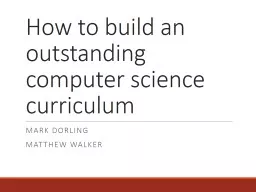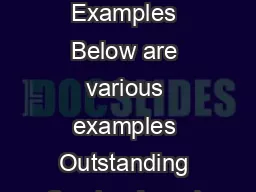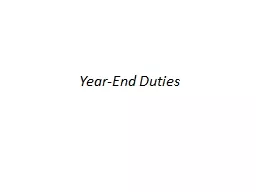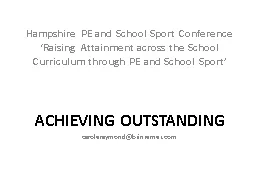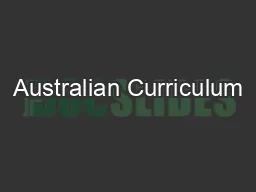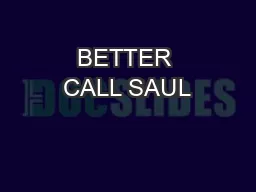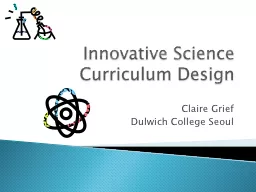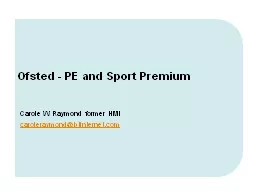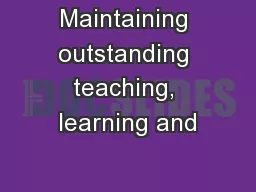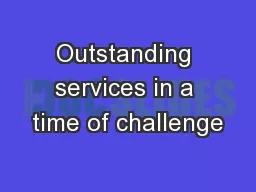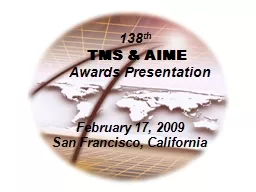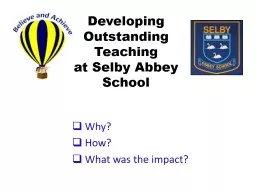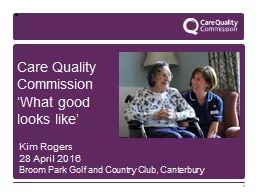PPT-How to build an outstanding computer science curriculum
Author : calandra-battersby | Published Date : 2016-07-19
Mark Dorling Matthew Walker Calling all teachers What does curriculum mean to you What does creativity mean to you What is your vision of a creative curriculum CAS
Presentation Embed Code
Download Presentation
Download Presentation The PPT/PDF document "How to build an outstanding computer sci..." is the property of its rightful owner. Permission is granted to download and print the materials on this website for personal, non-commercial use only, and to display it on your personal computer provided you do not modify the materials and that you retain all copyright notices contained in the materials. By downloading content from our website, you accept the terms of this agreement.
How to build an outstanding computer science curriculum: Transcript
Download Rules Of Document
"How to build an outstanding computer science curriculum"The content belongs to its owner. You may download and print it for personal use, without modification, and keep all copyright notices. By downloading, you agree to these terms.
Related Documents

